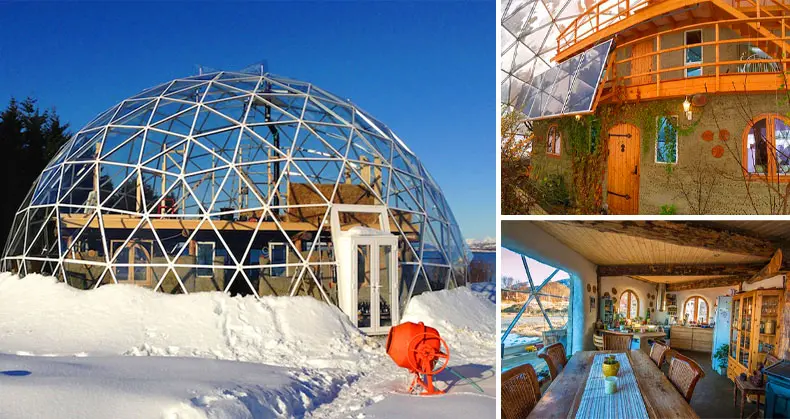People have said that there’s a huge difference between a house and a home. They say that a house is merely a structure that provides refuge, while a home is where you live, love and grow. And this Norwegian family’s amazing abode is probably the best example of what a home is. You see, the Hjertefølger family’s cob house is a safe haven in the midst of the inhospitable Arctic climate. Here, they live, love and grow not just strong familial bonds but also their own organic food.
Hjertefølger wasn’t always their last name, but the word fit their identity so well that they decided to adopt it. The term literally translates “heart follower”, and that’s exactly who they are. “The name is a promise, a statement and a reminder. It’s who we are, what we believe in, and what we live by” Ingrid Hjertefølger explained at their 2018 TED Talk. “Whatever fills our heart with joy, passion, excitement. That is the way to go. For us, our house, this name, a vegan lifestyle, that is our heart following. And my question is, what is yours?”
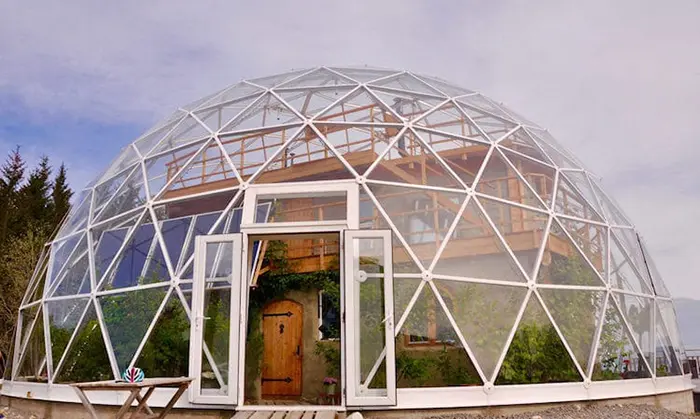
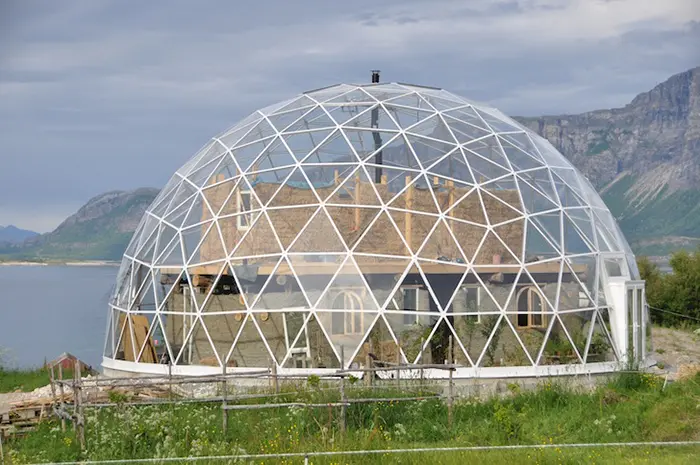
The Hjertefølger family’s built their cob house for simple reasons
After people came to know about the Hjertefølger’s dome-covered house, everyone was keen to ask why they decided to take an unconventional housing approach. “The answer is quite simple. We needed a house, so we built one. For us, it was never an option to build a regular house that might emit toxic fumes. A natural building was the only option,” Ingrid said. “So we had to figure out how do we do that in a way that works for us?”
Their journey towards a cozy, sustainable lifestyle began in the early 2010s. They decided to focus on their needs and go from there. According to Ingrid, they wanted something that could live, breathe and bring them closer to nature. And then they realized that the only way to achieve this was by building a “house inside a greenhouse: a natural house”. Sure enough, by 2013, their dream was realized and they’ve living in peaceful harmony with one another and nature since.
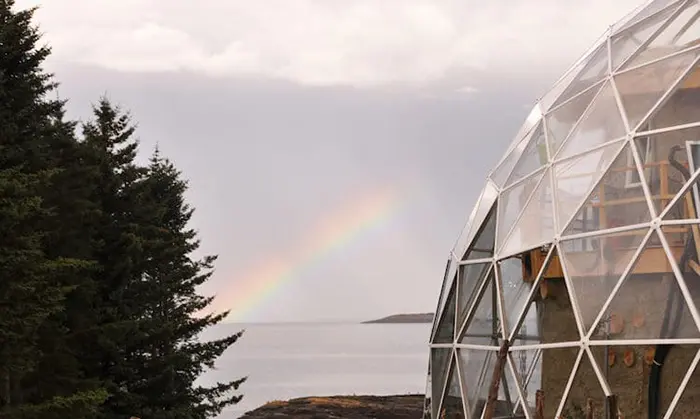
This house encased by a glass geodesic dome is a marvel built by non-professionals
According to the couple, the glass dome was installed first before they began building their house. The dome measures 15 meters high and plays a significant role in regulating the home’s environment. Then, the house within boasts five bedrooms and two bathrooms, that can comfortably accomodate the four Hjertefølger children and their parents. Benjamin Hjertefølger further went on to say that
“Our house is a simply built homemade cob house covered by a 15-meter geodesic dome, sheltering it from the Arctic climate. It extends our growing season and enables us to grow things like grapes, apples, tomatoes, and cherries.”
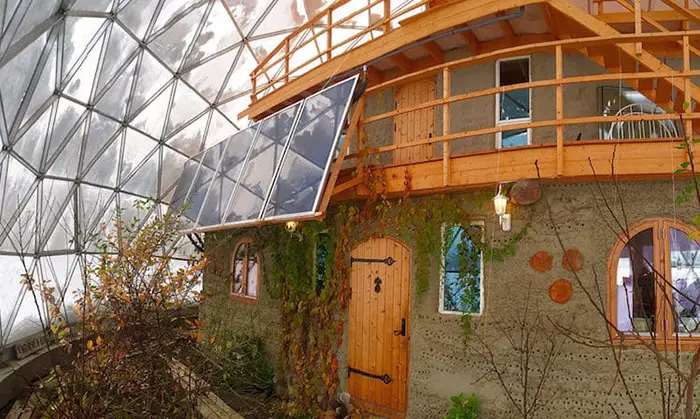
Aside from his examples, their indoor garden is also known to yield plums, kiwis, cucumbers, herbs, squash and melons. This variation of produce is certainly impressive, as their location is known for having short summers and dark winters. But more importantly, Benjamin stressed that despite their home’s unusual appearance, the cost of building it might shock you even more!
“Even though we have a bespoke giant glass dome covering the house, it cost us half of what a normal house the same size would’ve cost us.”
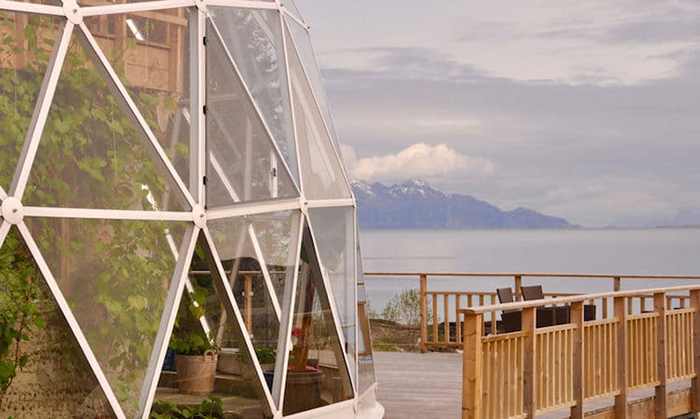
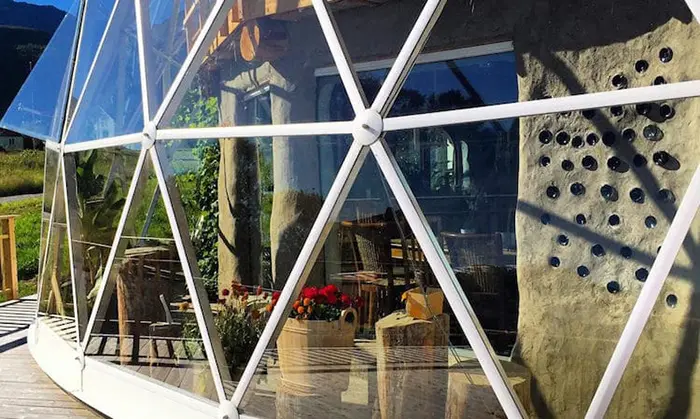
Their house is not just environmentally-friendly, it’s also cost effective
“We love the house; it has a soul of its own and it feels very personal. What surprises us the fact that we built ourselves anew as we built the house. The process changed us, shaped us,” Ingrid mused.
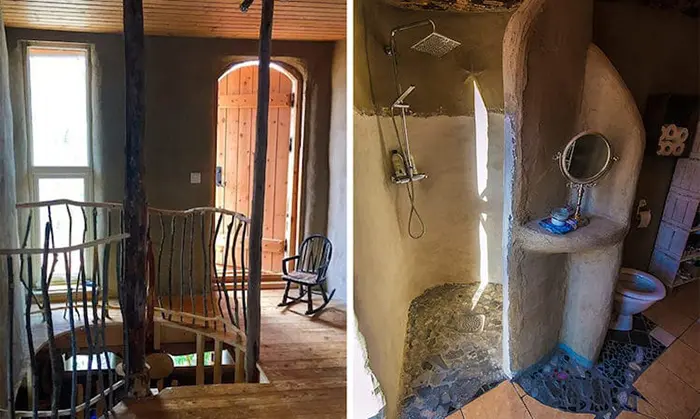
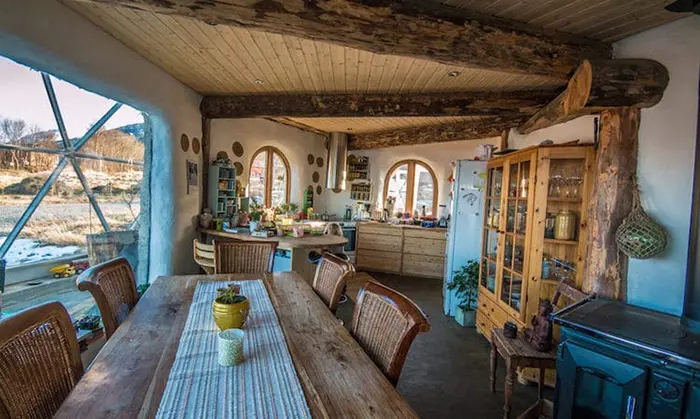
This type of home is made with…cob, which is a mixture of sand, clay and straw. It’s a pretty ancient way of creating a home. So, the couple fondly says that their home is a fusion of modern and traditional elements. “We planned and built the house ourselves. And we wanted to use materials that were non-toxic, biodegradable or reusable. So we made the house from local sand, clay, straw and wood,” Benjamin shared. “These are materials that are easy to find in our area. But sand and clay are not common to build with in the Arctic due to our long cold winters and sideways rain. The glass and aluminum climate shell enabled us to build these cheap and local materials in an easy way.”
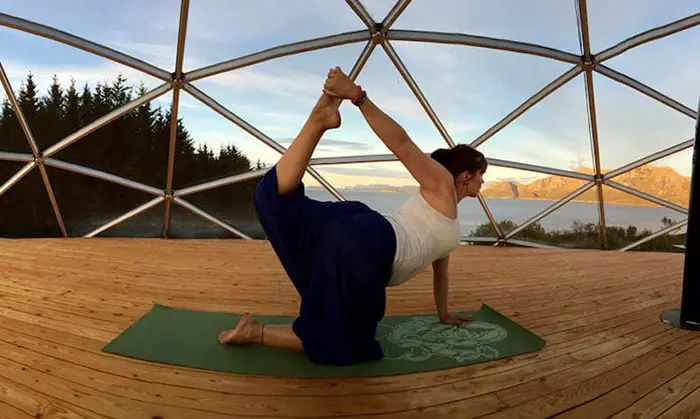
Building it was a labor of love
But just because Ingrid and Benjamin built this home for themselves with their own two hands doesn’t mean that they’re professional home builders. In fact, they’ve never even built a house before this. It’s just that they really wanted to create a home for their family to peacefully thrive in. In fact, their friends and family helped them a lot in realizing their dream. “And we also had some days when people from the community were invited to help,” Benjamin added.
“The feeling we get as we walk into this house is something different from walking in to any other house. The atmosphere is unique. The house has a calmness; I can almost hear the stillness. It is hard to explain. But it would have been impossible getting this feeling from a house someone else has planned and built for us, or a house with straight corners and straight lines,” Ingrid said.
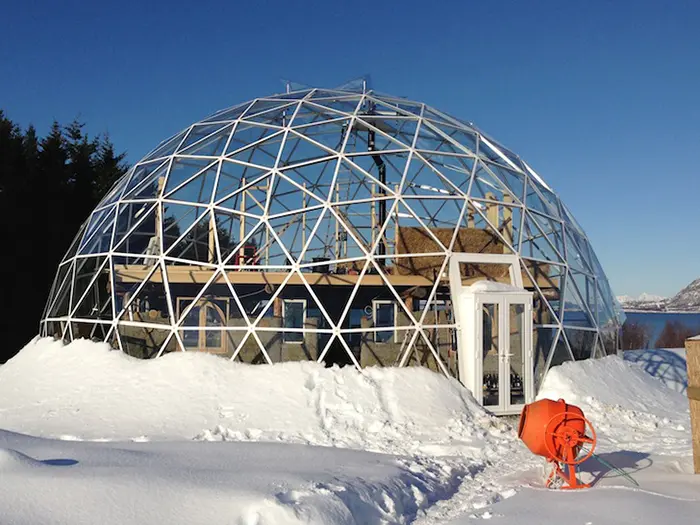
Living in this type of house has many benefits. For one, these homes have better air quality. But more importantly, it’s fireproof, dirt cheap and regulates the temperature to keep its residents comfortable no matter the season! The Hjertefølgers don’t have to spend so much on heating, nor do they find the need for an air conditioner. Their home also comes with a water recycling system, which turns their waste products into food instead of “running to the ocean”.
The giant glass climate shell allows the family to view the Northern Lights in the comfort of their home
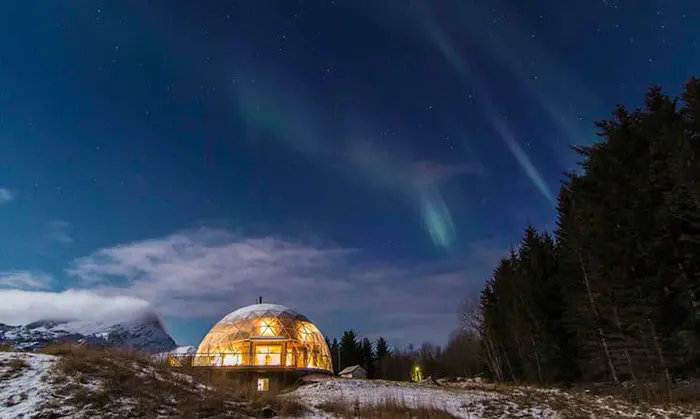
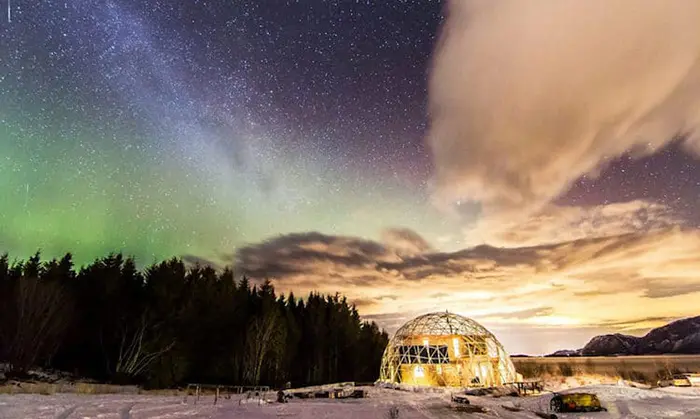
…and protects them from the Arctic climate
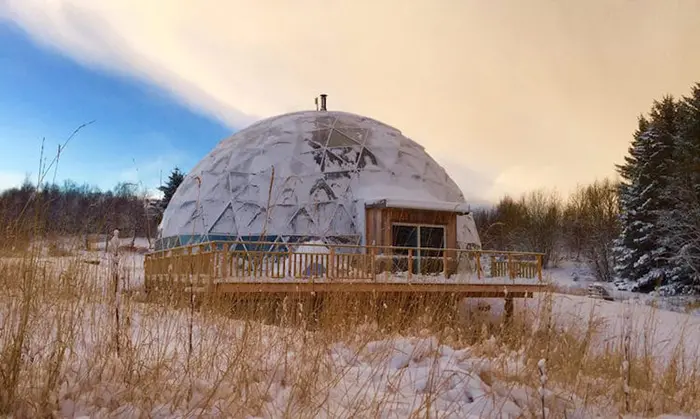
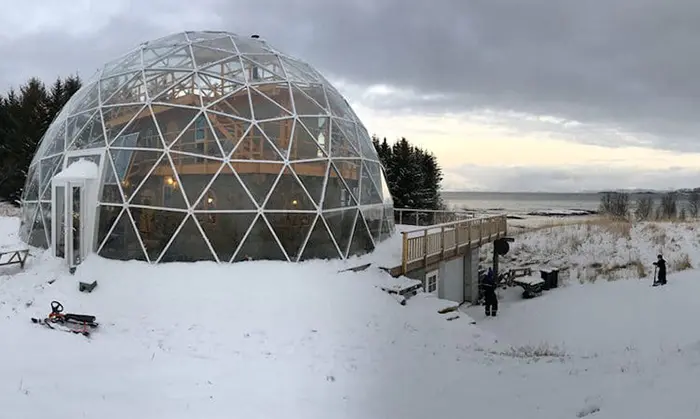
Watch the Hjertefølgers introduce their unique lifestyle inside their astounding dome home
If you’re interested in learning more about cob houses or the Hjertefølgers, you can follow Ingrid on Instagram or YouTube. The couple holds several workshops to share their knowledge on various topics like yoga, permaculture and even cob house building. So if their environmentally-sustainable lifestyle has got you interested, you should totally follow them.
Source: Ingrid Hjertefølger Blog | 2018 TED Talk

